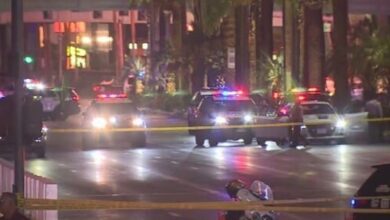What To Know About Trump Deploying National Guard To L.A. Immigration Protests

President Donald Trump has announced the deployment of 2,000 California National Guard troops to Los Angeles in response to immigration protests, despite objections from California Gov. Gavin Newsom.
This move is not unprecedented, as Trump has previously activated National Guard troops to address protests. In 2020, he called on governors to send troops to Washington, D.C. following demonstrations after the death of George Floyd. While some governors complied, others refused, maintaining control over their troops.
In this instance, Trump is going against Newsom’s authority over California’s National Guard. Trump cited the need to address “lawlessness” in California, while Newsom criticized the decision as “purposely inflammatory.”
The deployment of troops on U.S. soil is regulated by laws that are somewhat vague. The Insurrection Act, an 18th-century law, allows the president to activate the military during times of rebellion. However, Trump did not invoke this act in this case, opting for another federal law that permits the federalization of National Guard troops under specific circumstances.
The role of the National Guard troops will be limited to supporting Immigration and Customs Enforcement (ICE) officers, rather than engaging in law enforcement activities. Legal experts caution that this could escalate tensions and potentially lead to the use of force.
Historically, the Insurrection Act has been used during the Civil Rights era and in response to riots. Trump’s willingness to use the military on home soil has raised concerns, especially as he has threatened to invoke the Insurrection Act in the past.
Overall, the deployment of National Guard troops in Los Angeles reflects a contentious decision by Trump, signaling a potential escalation in federal interventions in states.





